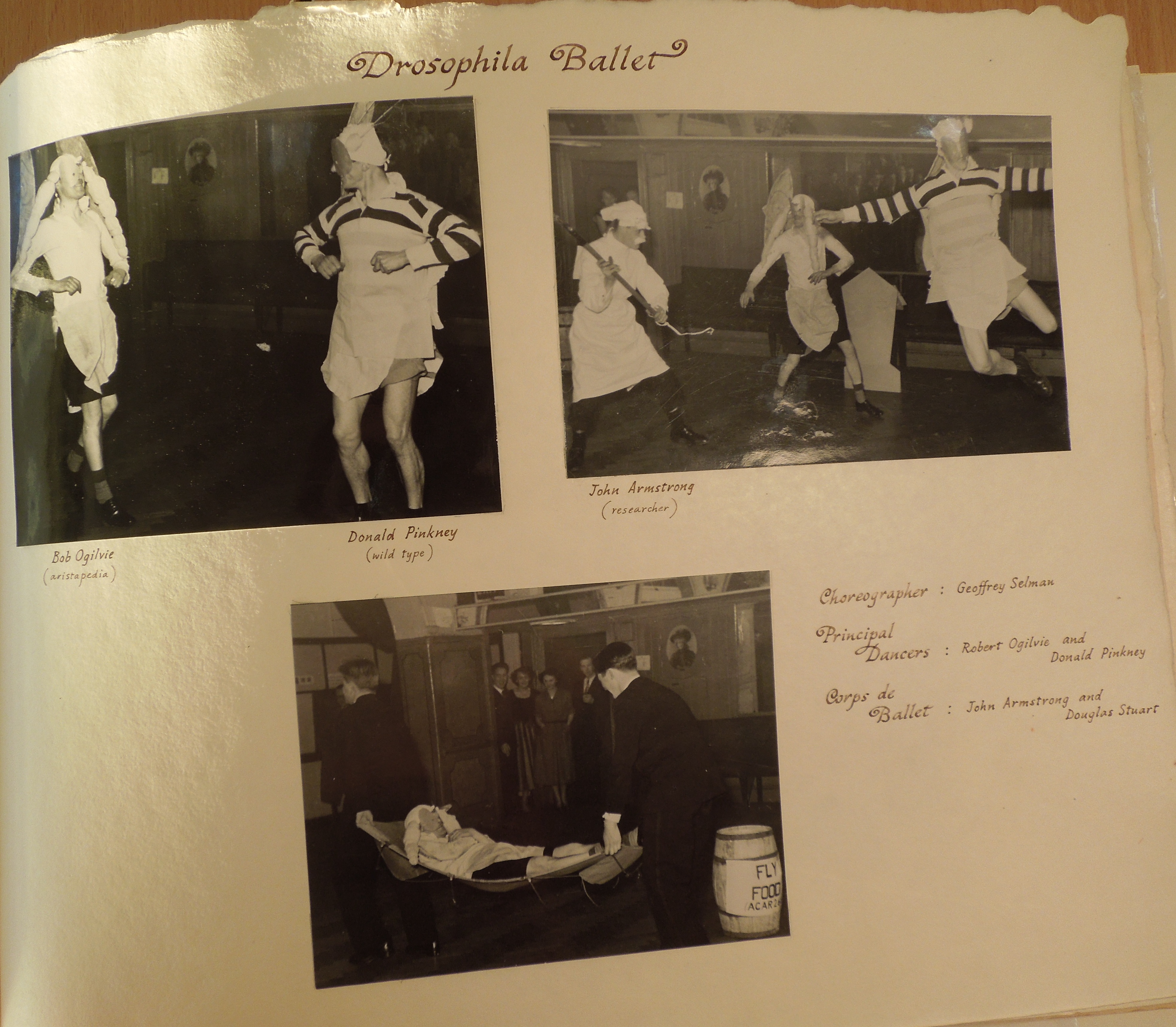
Institute of Animal Genetics collection (EUA IN1/ACU/A1/4/4)
Before this year draws to a close, it’s worth noting that 2012 marks the 190th anniversary of the birth of Gregor Johann Mendel (1822-1884). Born in what is now Hynčice, Czech Republic, he studied philosophy and physics before entering the Augustinian Abbey of St Thomas in Brno, where he taught physics. At the abbey, he studied meteorology and astrology, but also bred bees and plants.
The experiment for which he is most famed began with the testing of thirty-four varieties of the edible pea plant, followed by eight years of hybridization (1856–1863). Taking seven traits, Mendel followed the hereditary transmission of each, finding that clear statistical regularities emerged. His experiments led him to make two generalizations, the Law of Segregation and the Law of Independent Assortment, which later became known as Mendel’s Laws of Inheritance.
Mendel’s theories of inheritance were not widely accepted at the time, as it was commonly held that characteristics were passed on to the next generation by the traits of each parent blending together. It was not until the early 1900s, when scientists were seeking a successful theory of discontinuous (rather than blended) inheritance, that biologists began replicating- and rediscovering – Mendel’s work. He is now commonly credited as the ‘father of modern genetics’.
This photograph, depicting Mendel (back second left) with his fellow Augustinian friars, is in our Institute of Animal Genetics collection. It was gifted to C.H Waddington in 1965 by a colleague, Raimund Koci, when Waddington visited Brno. As a connection, Arthur D. Darbishire (1879-1915), who was one of the early scientists to attempt to combine Mendelian and biometrical theories in the study of heredity (and who repeated one of Mendel’s pea-crossing experiments), was the first incumbent of the Lectureship in Genetics at Edinburgh University before his early death in World War One. But more of that to follow!



